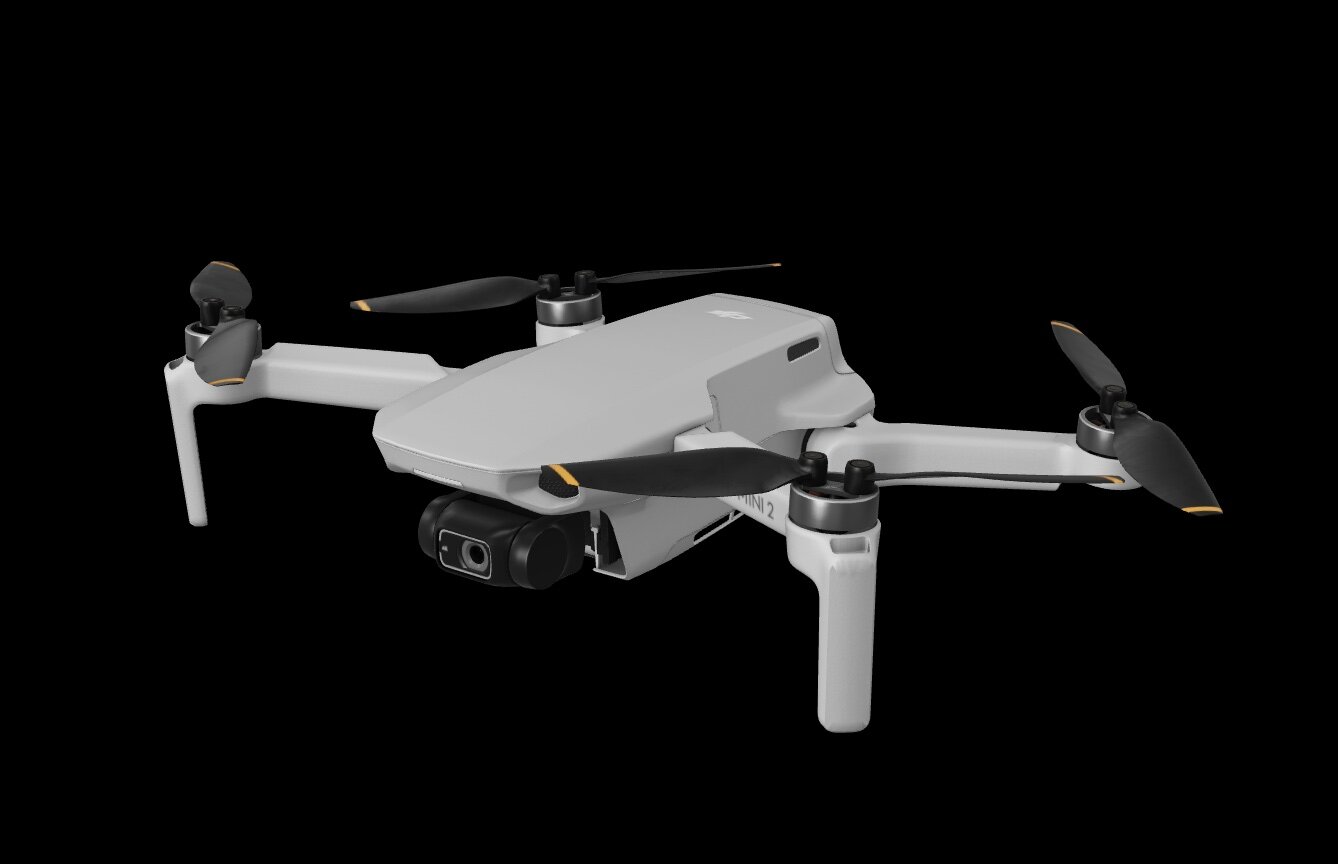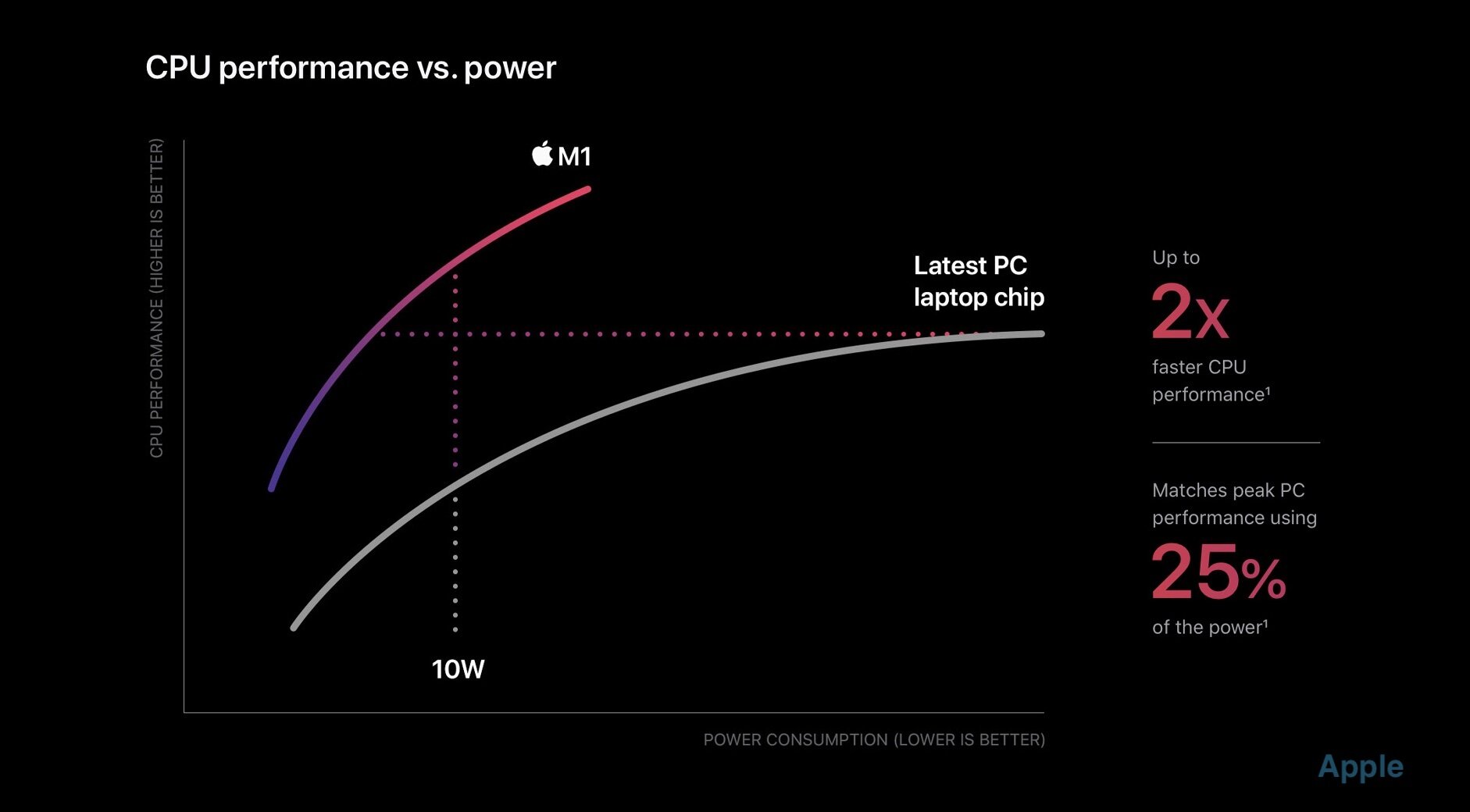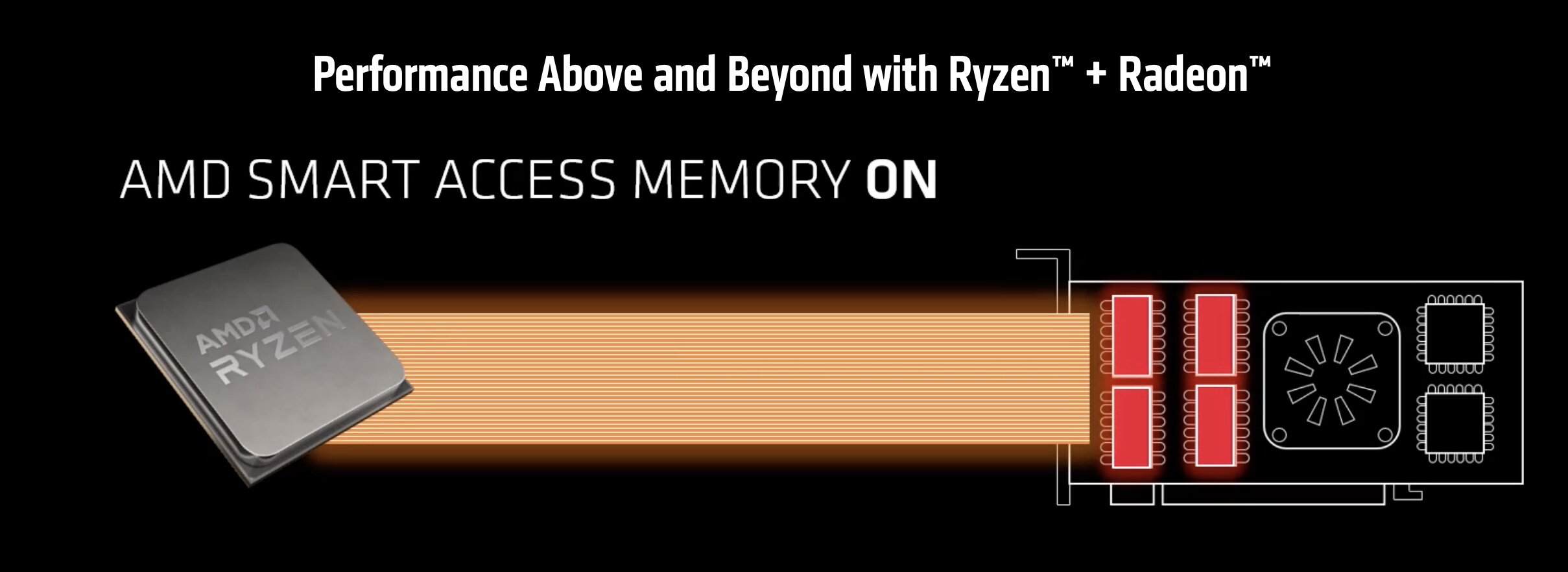Interesting Tech News from November 2020
This is a monthly column of curated tech news, highlighting interesting and/or valuable tech developments from the past month, which are impacting our society directly or indirectly. It also gives some vague sense of the trajectory that the technology as a whole is taking. The aim is to share the information concisely, in an easy-to-understand manner, help you fill some gaps on what you might have missed & learn something new.
SPACEX STARLINK BROADBAND INTERNET AVAILABLE TO SELECT FEW FOR BETA TESTING
Starlink is a division of Elon Musk’s SpaceX. Starlink’s mission is to provide high speed broadband satellite internet to remote areas, where either internet is unavailable, is very expensive or unreliably slow. Starlink’s plan is to serve Northern US and Canada in 2020, before expanding their service worldwide in 2021.
WHAT TO EXPECT FOR BETA PROGRAM
Speeds: 50-150 Mbps
Latency: 20-40 ms
Last month Starlink launched its “Better Than Nothing Beta” program and invites were sent to a select few users who signed up for updates. Some registered users got their kit for roughly $600 for a monthly subscription fee of $99. These beta testers shared their results, which look very promising. Bottom line is that according to initial data, Starlink’s internet speeds seem much better than an average broadband internet. Yes, understandabilly there are limitations, such as clear line of sight, bad weather etc. which can affect the speeds. For example, when one of the testers tested the Starlink’s internet in a heavily forested area, without any clear line of sight, the connection would last only for a few seconds.
ISED (Innovation, Science and Economic Development) Canada, has also approved Starlink’s low Earth orbit satellite internet service.
WHAT CAUSED AMAZON CLOUD OUTAGE WHICH RESULTED IN VACUUMS AND DOORBELLS NOT WORKING IN YOUR SMART HOME
We know that there had been a widespread outage in AWS cloud in North America on 25th of November. The outage resulted in many smart home service disruptions, such as not being able to use your smart vacuum or doorbell. The outage also hit Adobe and Washington Post.
What caused such a widespread disruption? Amazon summarized the event in this very lengthy blog post. Let me see if I can put it simply in a few lines.
UNDERSTANDING THE SYSTEM:
The outage was primarily related to AWS Kinesis service. The service is used to collect and analyze real time streaming data such as video, audio. The service allows you to gain insights into this data, such as face detection, security monitoring etc.
The outage was limited to US Eastern Region.
Several other AWS services rely on Kinesis service, hence the outage manifested itself in different ways.
Kinesis service relies on front end (FE) and back end (BE) servers.
FE server handles authentication, traffic flow, routing of request, a shard-map etc. A shard-map is basically record of which BE server owns which data record.
Front end servers also communicate amongst themselves to maintain up-to-date record of shard maps etc.
The more the FE servers the more the operating system threads.
CHANGES TO THE SYSTEM DURING THE OUTAGE:
Amazon was adding FE server capacity to its Kinesis service, which was inevitably giving rise to more threads.
ROOT CAUSE:
Apparently, addition of these new servers seemed to exceed the thread limit count set in the OS.
“At 9:39 AM PST, we were able to confirm a root cause, and it turned out this wasn’t driven by memory pressure. Rather, the new capacity had caused all of the servers in the fleet to exceed the maximum number of threads allowed by an operating system configuration. As this limit was being exceeded, cache construction was failing to complete and front-end servers were ending up with useless shard-maps that left them unable to route requests to back-end clusters.”
DJI LAUNCHED MINI 2
DJI kept the wight of Mini 2, same as Mavic Mini i.e., 249 g. This means that Mini 2 also falls under micro drone’s category and you won’t need to register your drone or require a pilot certificate, as per the rules in North America.
There are a few things that might want to make you consider Mini 2 over Mavic Mini, such as:
The ability to shoot 4K at 30 fps
OcuSync 2.0 technology, which comes in very handy if you already own a smart controller. You can’t beat 10 km of HD video transmission.
Increased speed and power. Mini 2 can fly up to 57 kph as compared to 46.8 kph in S Mode and is more wind resistant.
It is $100 more expensive than the Mavic Mini.
APPLE SWITCHING TO ITS OWN SILICONE AND ROAD AHEAD FOR INTEL
This month Apple officially moved away from Intel chips by introducing MacBook Air, 13-inch MacBook Pro and Mac Mini powered by Apple’s own 5nm M1 chip. This was an expected move, firstly because it makes full sense from Apple’s perspective, as apple has been designing its own chips for iPhones and iPads since their inception. Secondly, Intel has been struggling to bring 7nm chip to the market, let alone 5nm chip.
M1 chip seems to have impressive performance per Watt. Its tight integration with GPU, ML engine, other technologies such as Secure Enclave, ISP coupled with Apple’s ability to optimize its software to take full advantage of M1 presents some serious challenges to other laptop manufactures using Intel or AMD chips.
AMD has also covered a lot of ground and presents serious challenges to Intel. It has already been selling 7nm chip that Intel has delayed. AMD is also bringing feature like SAM (Smart Access Memory), which it’s going to bring to Nvidia and Intel as well. Intel might have to consider a 3rd party supplier for manufacturing of its 7nm chips.
MAJOR CYBER ATTACKS DISCOVERED IN THE MONTH OF NOVEMBER 2020
Compal Electronics, the company behind MacBooks, HP, Dell and other big names, reportedly became the victim of ransomware attack called DoppelPaymer. The ransomware works by gaining access to admin credentials and Windows Domain Controllers. Once the access is gained, ransomware is deployed to the devices in the windows domain. 1100 Bitcoins were demanded in return for decrypting the data. The company however denies the attack.
Capcom, the developer behind Resident Evil and Street Fighter, had to shut down its systems upon becoming aware of the ransomware attack by Ragnar Locker. Potentially more than 350,000 customer’s information items might have been compromised. The Japanese firm has been pretty transparent about the attack, unlike most of the other firms.
Baltimore County Public schools were closed for the day because of a ransomware attack. Teachers and students were advised not to use BCPS devices and keep them off. How much it cost the school system, what was the nature of the attack, how much data was compromised is unknown.
A Credential Stuffing attack against Spotify leaks overs 350,000 Spotify accounts. The login credentials were leveraged from a non-secure 3rd party internet facing database hosted on Elasticsearch server, which seemed to work for more than 350,000 Spotify accounts.
NOTABLE TECH ACQUISITIONS IN NOVEMBER 2020
IBM buys Instana, an application performance monitoring platform. IBM wants to integrate Instana technology with its AI based troubleshooting and resolution technology, to help optimize IT operations.
Cisco buys Banzai Cloud. Banzai provides cloud aware but cloud agnostic application development and security solutions based on Kubernetes platform.
Nasdaq buys a NL based Canadian company Verafin for $2.75 billion. Verafin’s AI technology is used by banks to detect money laundering and fraud.
Chinese search giant Baidu to acquire YY for $3.6B. YY is a major Chinese video social network, a subsidiary of JOYY.
OTHER TECH NEWS FROM NOVEMBER 2020
Apple moves away from Intel and launches Macs running on its own silicon.
Fortnite set to return to iPhones via new Nvidia Cloud gaming service.
A camera with built-in soccer ball tracking AI technology, repeatedly confused bald head for the soccer ball. Just last month FB AI confused onions for sexually suggestive content.
$1Billion dollar worth of bitcoins was not emptied by any wealthy individual to take advantage of rising Bitcoin prices. It was in fact emptied by Department of Justice as part of civil forfeiture case targeting Silk Road.
5G’s deployment is still in its early stages and yet China has already launched a satellite to test 6G technology operating on tera HZ frequency.
AWS launches new P4d GPU powered instances based on Nvidia new Ampere architecture. These new instances are three times faster than the old instances. The GPU instances are used for ML training and other high performance computing workloads.
If you were expecting Google Photos free unlimited storage to remain forever, you were wrong.
All big tech companies have their eyes set on the health industry. Amazon does not want to stay behind and launches Amazon Pharmacy for prescription medicine delivery.
As an Apple developer, if you only earned less than a million dollar, you would only have to give up 15% cut, starting January 2021.
NASA couldn’t be more happier after successful docking of 4 of its astronauts to ISS using SpaceX’s Crew Dragon. Certainly, beginning of a long-term relationship between the two.
AMD is going to make SAM (Smart Access Memory) feature available to Nvidia GPUs and Intel CPUs as well, after announcing the feature for its own GPUs and CPUs. SAM feature enables AMD CPUs to have full access to AMD GPU’s VRAM.
Is PS5 outperforming the world’s most powerful console aka Xbox Series X? That’s what the early test results show.
CIA has awarded its multibillion dollar Commercial Cloud Enterprise contract to AWS, Google, Microsoft, IBM and Oracle.
Apple responds to concerns surrounding collection of user information such as user’s IP, device ID etc. Basically, Apple said they don’t collect that information. The concerns were brought to light when in November, mac users experienced slowness while launching apps. Apparently, slowness was caused by problem with Apple’s OCSP server, which is used to check the developer’s certificates.
A Muslim app with more than 98 million downloads is one of the apps found to be selling data to US military directly or indirectly according to Motherboard.
Thank you and see you next month.






